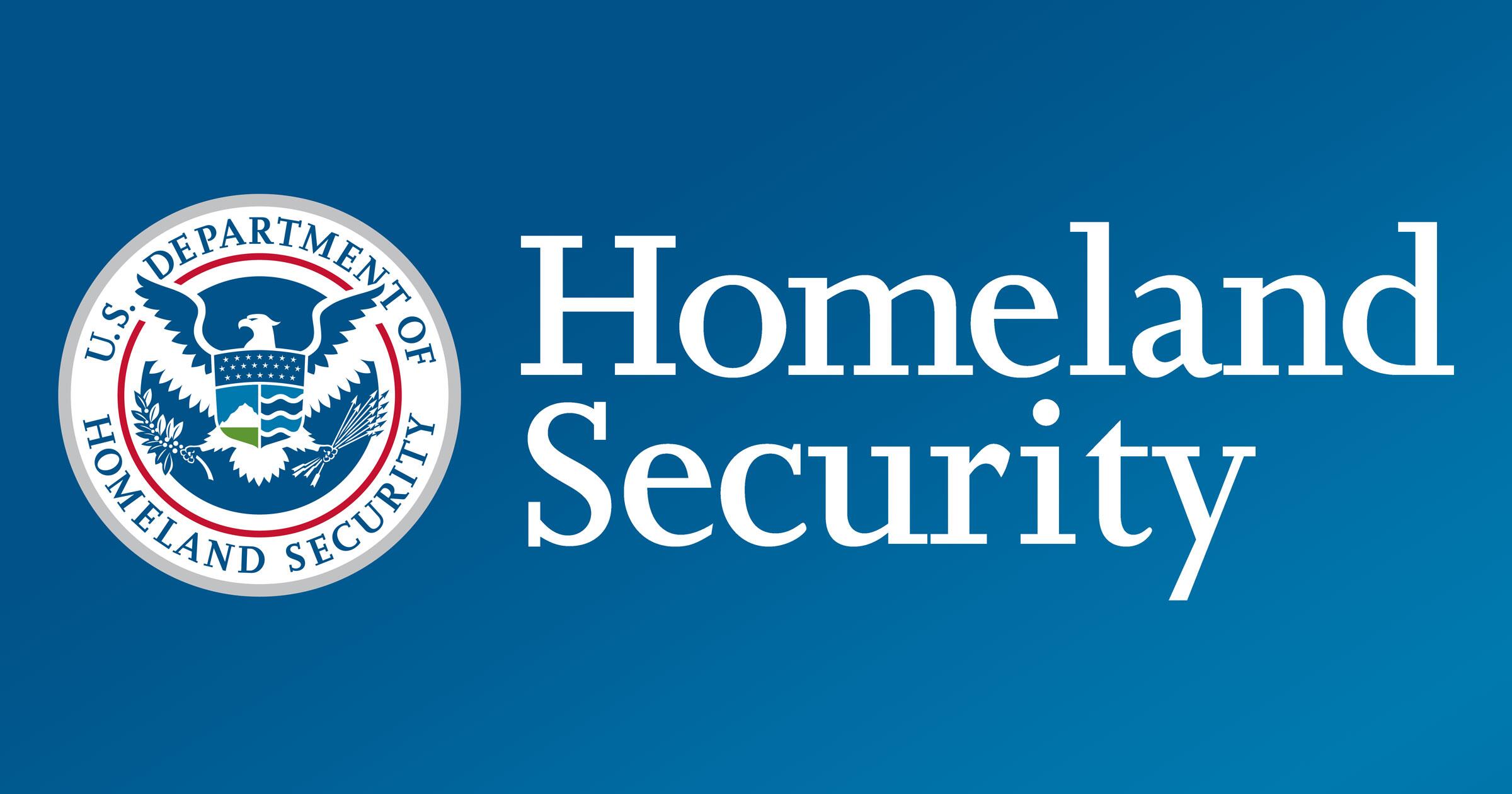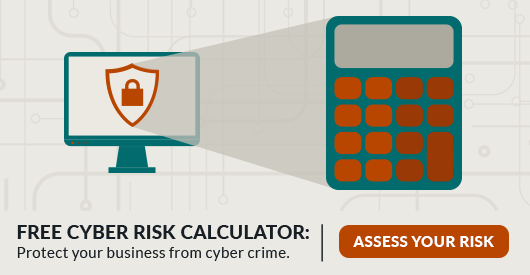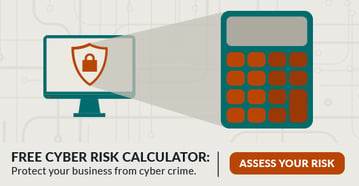
In early January 2020 the Department of Homeland Security issued the following urgent bulletin concerning retaliatory cyber-attacks: https://www.dhs.gov/ntas/advisory/national-terrorism-advisory-system-bulletin-january-4-2020
There are no specific direct threats yet but, as mentioned, there is a significantly elevated risk and high likelihood of a Cyber-attack by Iran (a state sponsor of terrorism) in retaliation to recent events.
While it is not likely that our customers in Wisconsin will be directly targeted, it is highly likely customers will be impacted by the contingent cyber exposures of a state sponsored retaliatory cyber-attack. The likely impact would be because the major cloud and network systems our customers depend on would be down:
- Denial of service attacks
- Network interruption
- Contingent business income and sales loss
This is why a true cyber policy that contains coverage for all of this is more important than ever!
We are being proactive and want to help now before a loss occurs!
- Get a quote today and it can be done with a few quick questions: click here to request a quote answering 7 simple questions
- A true cyber insurance policy is not as expensive as you might think and covers not only direct cyber-attacks but contingent exposures around systems your company depends on.
- One of our top carriers also features a reimbursement for upfront cyber defense costs, up to $3,000, on IT risk mitigation to help make IT systems safer and mitigate risk.
We urge you to please contact Jason Navarro (Director of Cyber Crime) and/or complete the 7 step questionnaire so we can help implement an adequate cyber-program with you.

 You most likely heard the
You most likely heard the  Large or small, all businesses are a target for cyber-attacks. Whether it’s a fraudulent email being sent from someone disguised as the COO, or an intercepted wire transfer - businesses must continue to be diligent in preventing these situations from occurring within their four walls.
Large or small, all businesses are a target for cyber-attacks. Whether it’s a fraudulent email being sent from someone disguised as the COO, or an intercepted wire transfer - businesses must continue to be diligent in preventing these situations from occurring within their four walls.

 Caution is often the reaction I get when discussing Cyber Insurance to construction executives in Wisconsin. From their perspective it would be a nice policy to have should the North Koreans focus their slave hacking force on a plumber in Sheboygan. The resulting ransom of 200 bitcoin for their $200 laptop seems a laughable prospect to a field that generally isn’t tech reliant. The truth, however, is that contractors are a growing target for hackers, but fear isn’t the only reason for a contractor to have Cyber Insurance.
Caution is often the reaction I get when discussing Cyber Insurance to construction executives in Wisconsin. From their perspective it would be a nice policy to have should the North Koreans focus their slave hacking force on a plumber in Sheboygan. The resulting ransom of 200 bitcoin for their $200 laptop seems a laughable prospect to a field that generally isn’t tech reliant. The truth, however, is that contractors are a growing target for hackers, but fear isn’t the only reason for a contractor to have Cyber Insurance.
 Do you know what the following people have in common?
Do you know what the following people have in common? One of the challenges that businesses have in protecting themselves from cyber attacks is keeping up with patching vulnerabilities. In 2017 we saw in both the WannaCry and the Petya/NotPetya events how quickly malware can spread globally through un-patched, unsupported software.
One of the challenges that businesses have in protecting themselves from cyber attacks is keeping up with patching vulnerabilities. In 2017 we saw in both the WannaCry and the Petya/NotPetya events how quickly malware can spread globally through un-patched, unsupported software. Each year National Cyber Security Awareness month is held in October. As such, many events are held around the country bringing together experts from government, industry and security to share information and enhance the dialogue around cyber risks.
Each year National Cyber Security Awareness month is held in October. As such, many events are held around the country bringing together experts from government, industry and security to share information and enhance the dialogue around cyber risks.
 2017 Data Breach Forecast Report from Experian:
2017 Data Breach Forecast Report from Experian: